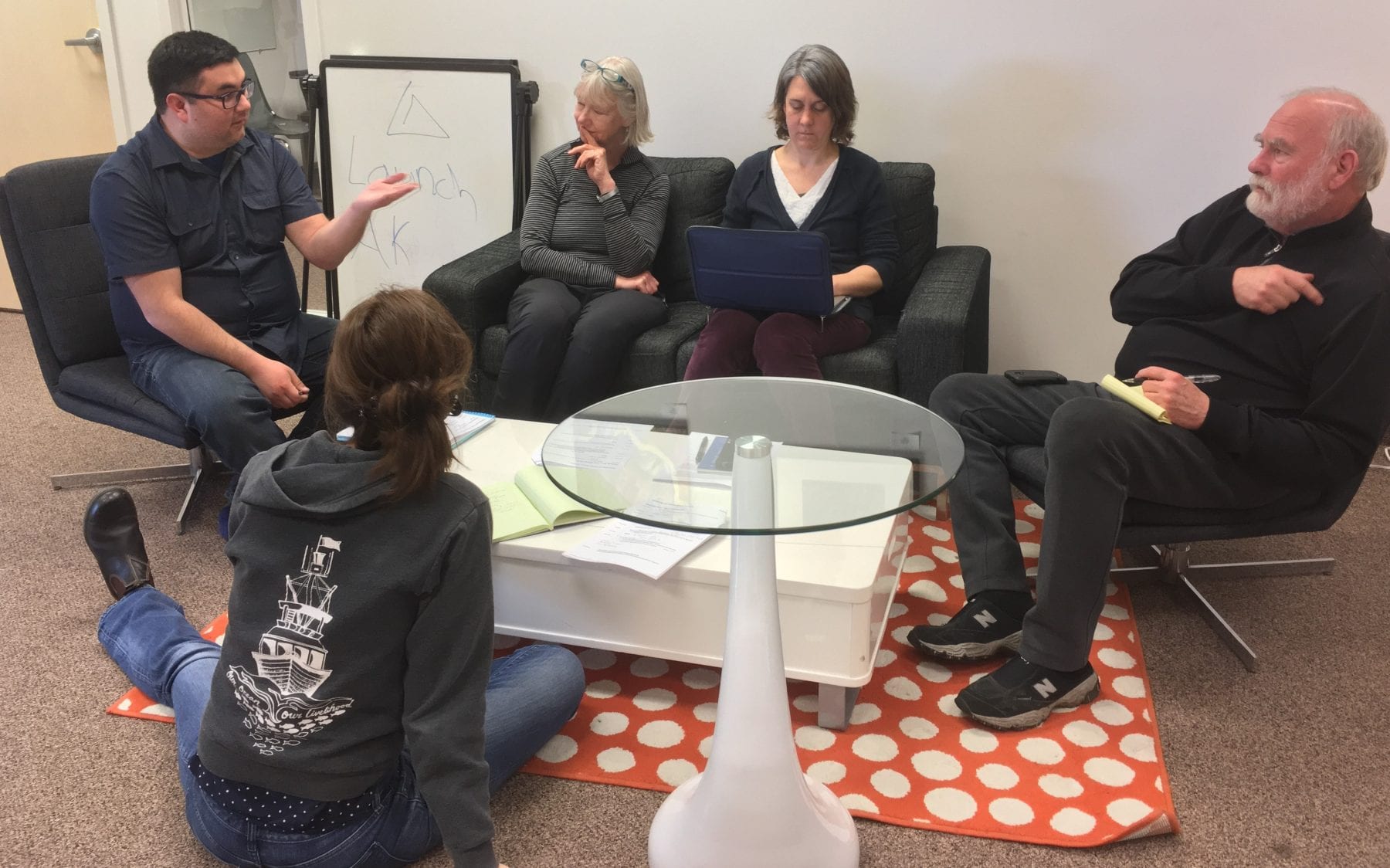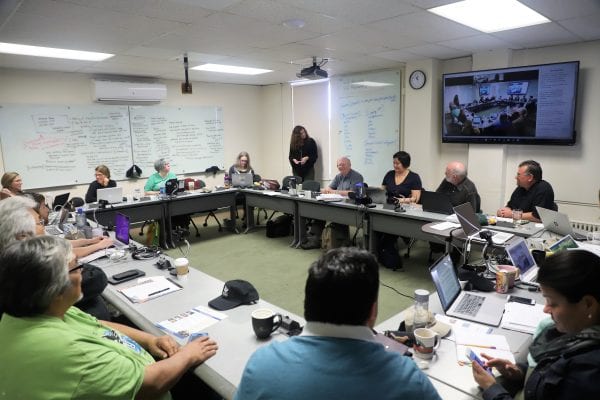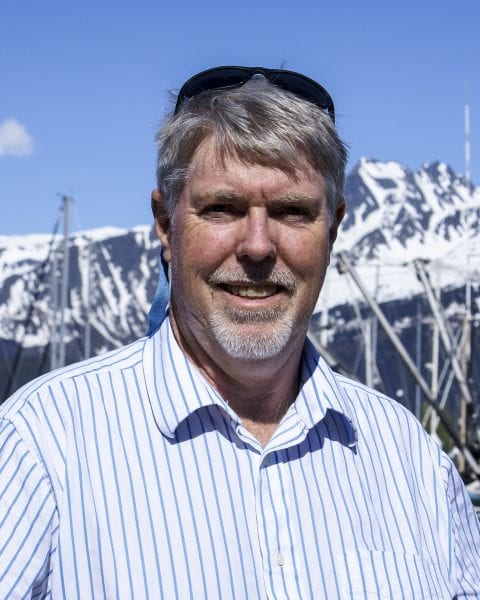Better Together
The State of Alaska’s Salmon and People (SASAP) project is a collaboration of Indigenous and non-Indigenous researchers, scholars and community leaders working to produce and share integrated, accurate, and up-to-date information on Alaska’s salmon and people systems.
To foster the multidisciplinary, cross-cultural dialogue necessary to sustain salmon populations in Alaska, the SASAP project incorporates the ‘Working Group’ approach developed by lead partner NCEAS (National Center for Ecological Analysis and Synthesis), which works to enhance understanding of natural and human systems by enabling collaborations, partnerships, and “big-picture thinking”. Like all NCEAS projects, SASAP is grounded in open, accessible science.

 The Well-being and Salmon Systems Working Group meets at NCEAS’ Santa Barbara headquarters (above). Members of each group focus intensively on specific issues related to salmon and people in Alaska during the often week-long discussions. SASAP’s deliberate emphasis on bringing together indigenous knowledge and western science perspectives stands out among NCEAS’ many projects.
The Well-being and Salmon Systems Working Group meets at NCEAS’ Santa Barbara headquarters (above). Members of each group focus intensively on specific issues related to salmon and people in Alaska during the often week-long discussions. SASAP’s deliberate emphasis on bringing together indigenous knowledge and western science perspectives stands out among NCEAS’ many projects.
